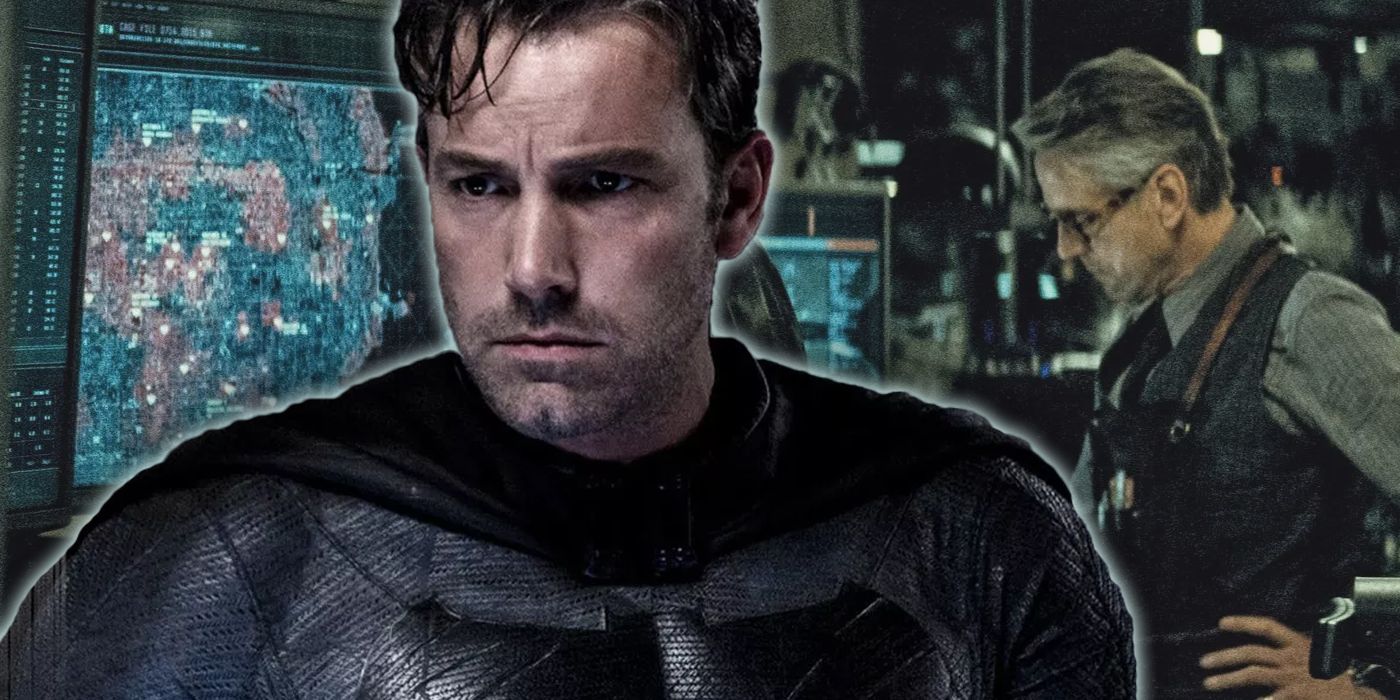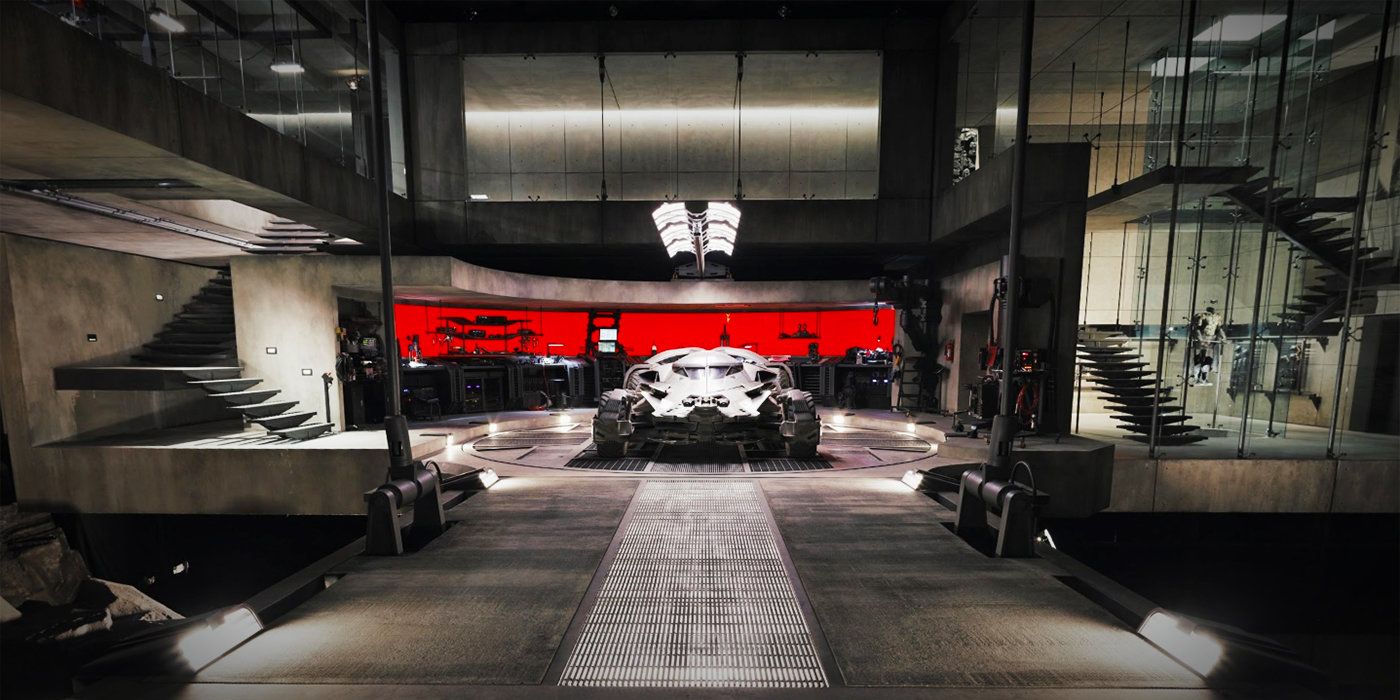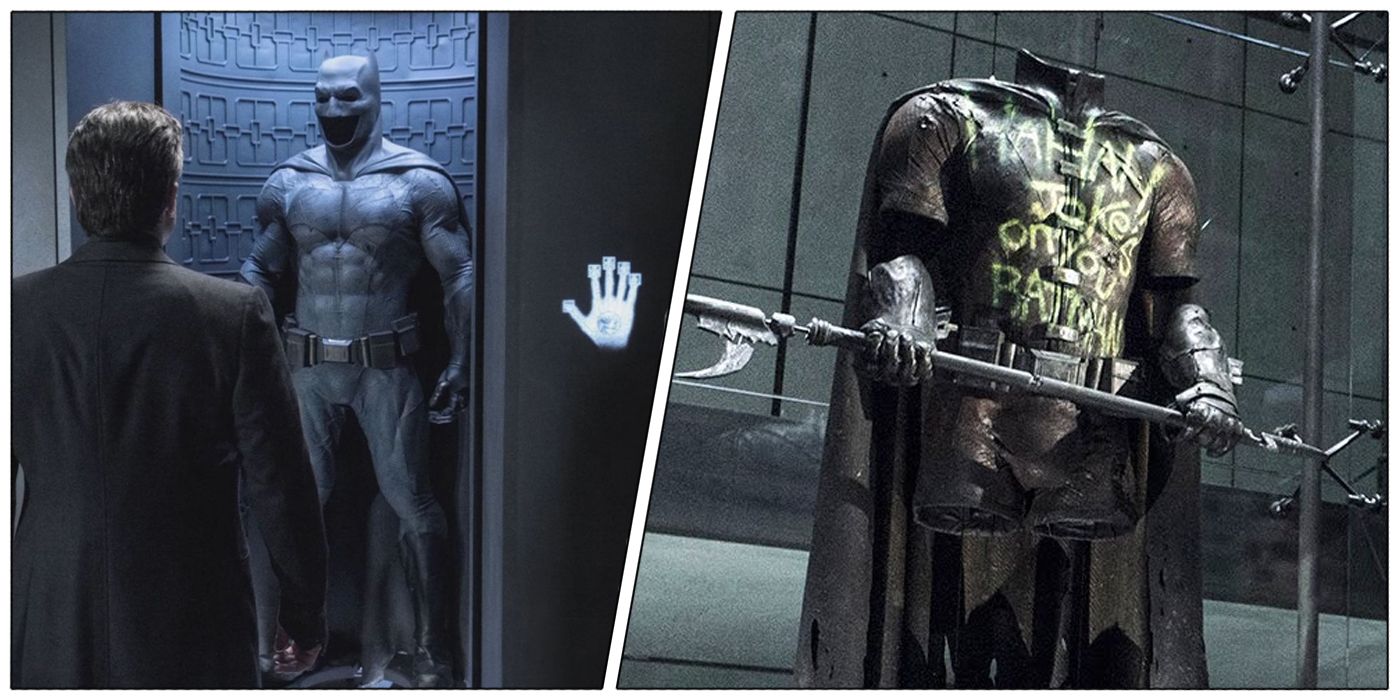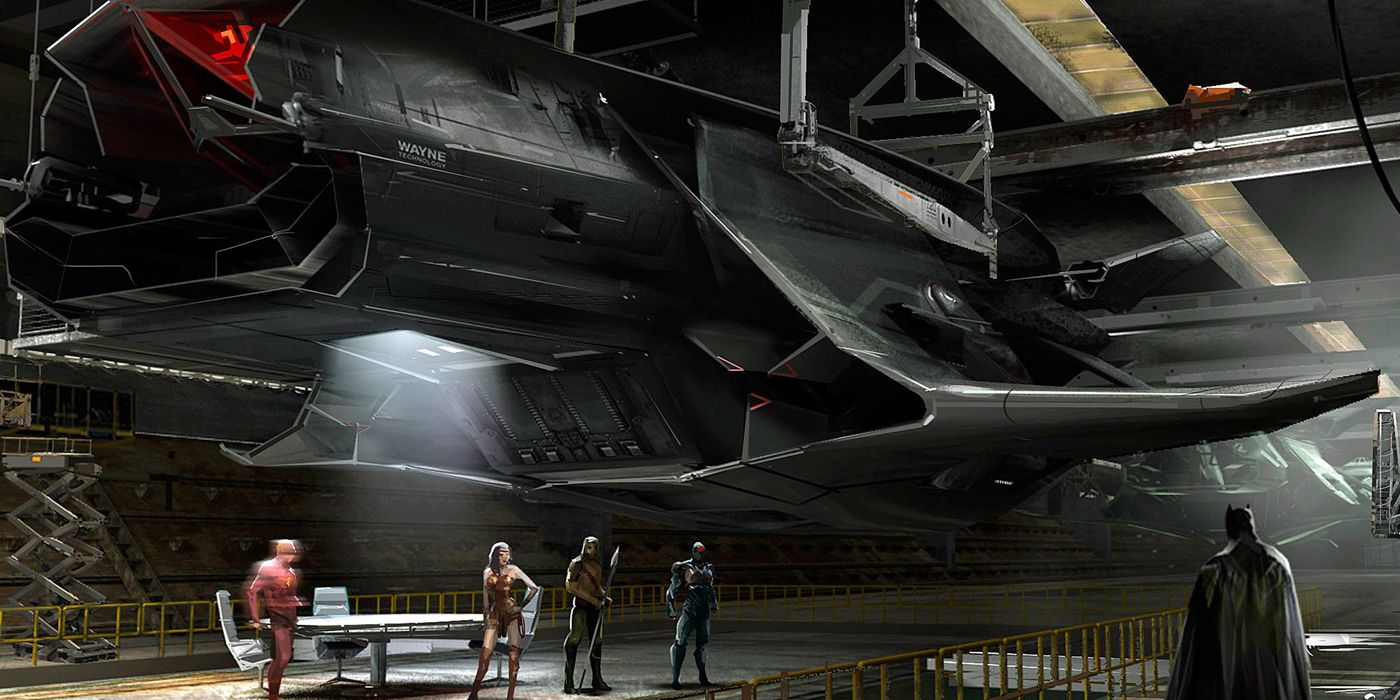
On TV and in film, we've seen a few different versions of the Batcave over the years, with every version of Batman's underground headquarters and base of operations looking a little bit different. It also houses some of the crazier tokens of his career in the form of a giant penny, a giant Joker playing card and even a robotic Tyrannosaurus Rex. The Batcave has been adapted to live-action as many times as Bruce Wayne/Batman has, from the campy Batman TV series of the '60s to the dark and dreary high-tech version first seen in 1989's Batman.
Both versions stand true to the Batcave's roots and evolution in the comics, which has featured a unique blend of nostalgia and technology to create Batman's command center. Yet, while every film adaptation before it featured the same looking Batcave, Zack Snyder's Batman v. Superman: Dawn of Justice took a very different route than its predecessors.
In place of the usual stalactites and stalagmites, the were polished edges, high-tech vaults, glass walls and floating staircases. This was not a starter Batcave, which made sense, as the DCEU Batman had been protecting Gotham for 20 years already. Now, we're going to take a closer look at this designer Batcave and a few of the little comics-inspired touches that helped make the DCEU Batcave stand out among the various other representations of Batman's domain.

In the comics, the Batcave is located under Wayne Manor, which is also true in the DCEU. However, Wayne Manor was been left to rot since the death of the Waynes, and Bruce moved out to the "Glasshouse" on the lake. From this house, a tunnel to the Batcave was constructed, as the main part of the cave sits under the lake as well.
The Batcave has been built up over the years by Bruce and Alfred and features multiple levels connected by staircases. The different areas of the Batcave as seen in the film include the main work area and Batcomputer, a workout area where Bruce trained to take on Superman, a garage for work on either the vehicles or Batman's various suits and armors, and a larger hangar area as seen later in Justice League.

While Bruce Wayne and Alfred use the rest of the Batcave to help solve cases and improve upon the technology Batman uses in his fight against crime, there is a very specific use for the cave as well. We first saw his high-tech armory in BvS which included a handprint reader to unlock the iconic Batsuit.
The armory also includes the various weapons and gadgets he uses as Batman, as well as a trophy room containing some of weapons and memorabilia from his storied career. Much like the comic book version, this Batcave features a displayed Robin costume as a monument to his fallen partner. While it was Jason Todd who was killed by the Joker in the comics, though director Zack Snyder has revealed that Dick Grayson was killed in the DCEU.

The Batcave's main goal besides giving Bruce a place to work and hang up his cape is to house the Batmobile, and the Batcave has seen a number of innovative ways to get the Batmobile secretly in and out of the Batcave. In Batman v. Superman the Batmobile enters through the lake that sits atop the Batcave, though by Justice League the ramp for the car seems to have been extended for new larger vehicles.
The Knightcrawler was an all-terrain tank that was used against Steppenwolf and the Parademons in Justice League, which also introduced the Flying Fox, the League's mobile command center that was kept within the Batcave as well. After the film, deleted scenes revealed that hangar was actually an abandoned Wayne Aerospace location on Gotham Docks, but as it stands in the released film, it's just another one of Batman's many Batcaves.
Add Comments